Premium Only Content
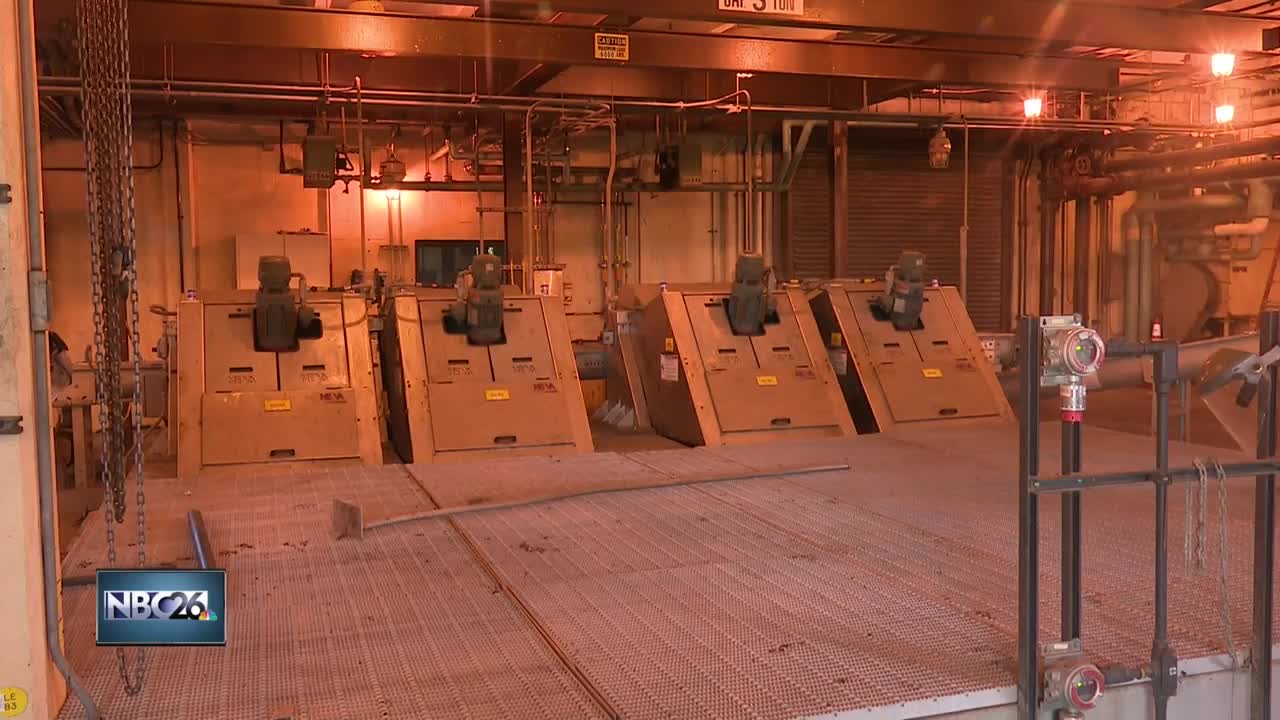
Treating Wastewater
Whether you live out in a rural area or a larger urban setting, all that waste water comes to one place. The Green Bay sewage treatment facility is the third largest in the state of Wisconsin. Part of NEW Water, the Green Bay plant is one of two that the company operates, the second is in De Pere along the Fox River. These two plants serve 15 different communities… from Pulaski through Green Bay, and out east to Luxemburg. On average, these two facilities treat a combined 38 million gallons of water a day most of it being in Green Bay. That is equivalent to filling 58 Olympic sized swimming pools. “This facility we treat on average 30 million gallons a day. Our De Pere Facility is 8 million gallons a day so between both facilities is 38 million gallons a day on average.” Said Bruce Bartel. these numbers can easily go up, especially during heavy rainstorms which have been a common occurrence this year. Known as high flow events, the rain water or clear water as they call it, gets into the system through multiple ways. “Where we get the problems are your manhole covers are not sealed tight. So, if we get a heavy rain event, we can get water in that way and the pipes are old. You get an aging infrastructure you get cracks; you can get tree roots into the pipes.” Said Bruce Bartel. And that water that percolates through the soil into those cracked pipes can increase the amount of water to be treated upwards of 5 times their normal average. After waste water leaves your home, it travels through a network of pipes. Most of them are gravity fed, but there are some pumps to let it along the way. When the water reaches the plant, the cleaning process can begin. “So, what you’ve seen in the first part of the process was removing the screenings that come in, different types of material that get flushed down the toilet. One of our big concerns that get put into the system are the flushable wipes.” Said Bruce Bartel. Those wipes can cause problems both at the facility, but also in the lift stations where they can plug the pumps. That’s why it’s good to remember the three P’s on what you want to flush; pee, poop, and toilet paper. After the water is cleaned from trash, it goes through a series of aeration basins where bacteria work on breaking down and treating the waste. Air bubbles are pumped into these tanks to support the oxygen hungry bacteria. As the water continues down the chain, it will reach the final clarification process. At this point, solids are separated from the water. Some of the solids go back to the beginning of the aeration process to break it down more, while some are removed. What is left is water that is cleaner than the Fox River and released to the mouth of Green Bay. The entire process takes between 24-36 hours. And those of you who have septic takes, these facilities process that waste water too. “The septic tanks, the holding tanks, the mount systems, that is all hauled here as a waste product and we treat it here as well.” Said Bruce Bartel To treat this water takes quite a bit of power, roughly 4.5 to 4.7 megawatts a day. That’s why to reduce the carbon footprint, 40% of the energy needed is produced in house. “We generate on site from capturing the gas from the digesters, about 40% of that is what we generate on site.” Said Bruce Bartel
-
 1:45
1:45
WGBA
1 year agoStudents excited to start at "huge and beautiful" Vel Phillips Middle School
289 -
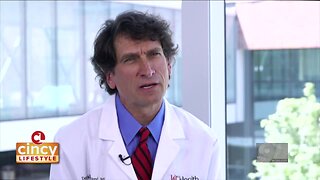 3:31
3:31
WCPO
5 years agoTreating Thyroid Conditions
22 -
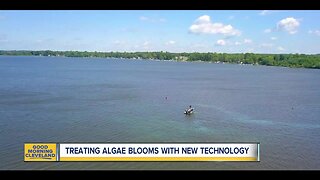 1:20
1:20
WEWS
5 years agoTreating algae blooms with new technology
27 -
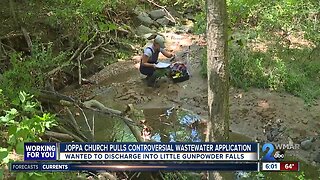 2:16
2:16
WMAR
5 years agoJoppa church pulls controversial wastewater application
10 -
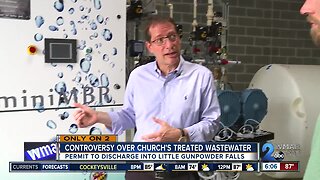 3:50
3:50
WMAR
5 years agoControversy over church's treated wastewater
5 -
 3:30
3:30
WCPO
5 years agoBeacon: Treating Athletes of All Ages
4 -
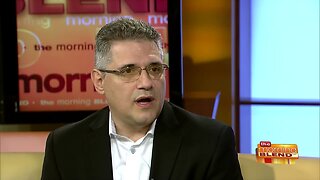 5:44
5:44
WTMJMilwaukee
5 years agoDiagnosing and Treating Vein Disease
4 -
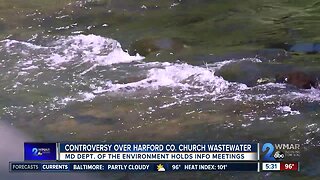 1:28
1:28
WMAR
5 years agoControversy over Harford Co. church wastewater
6 -
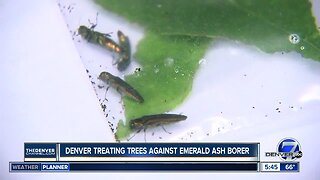 0:37
0:37
KMGH
5 years agoDenver treating trees again Emerald Ash Borer
9 -
 1:12
1:12
KMGH
6 years agoTreating Seasonal Affective Disorder
11